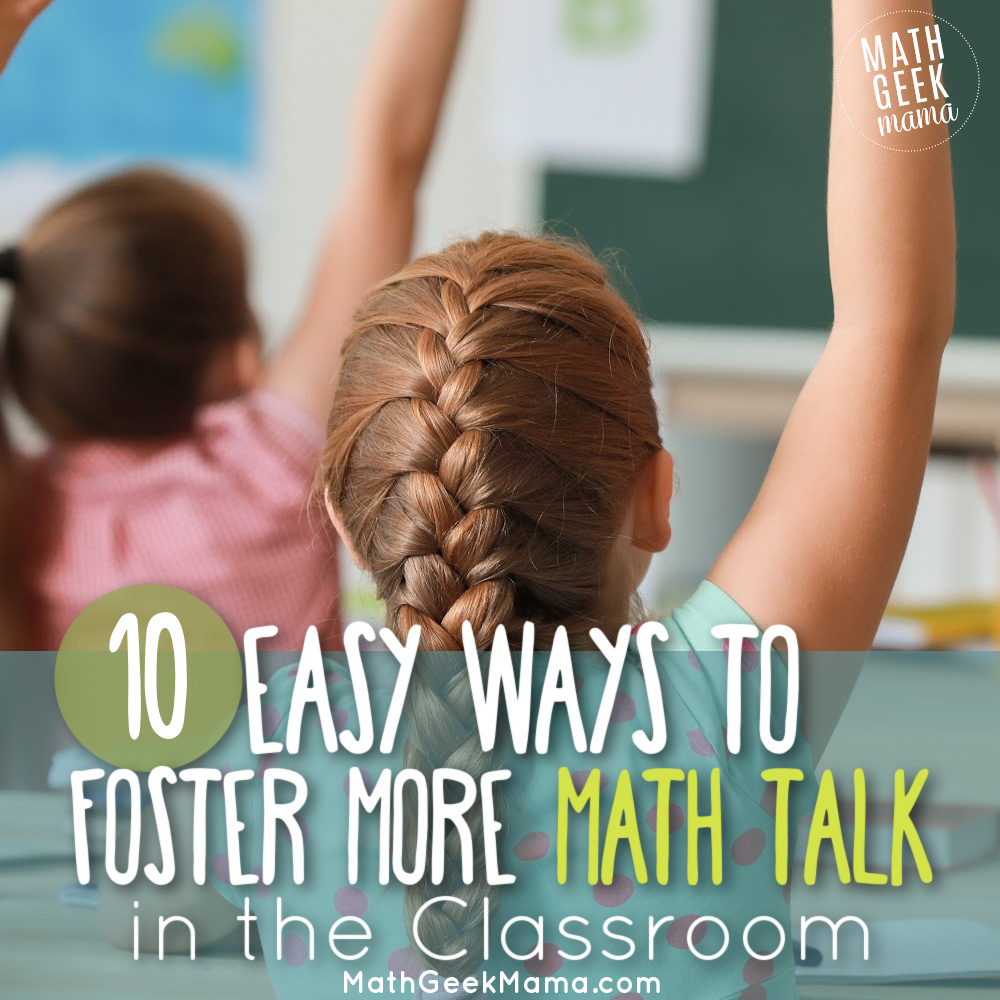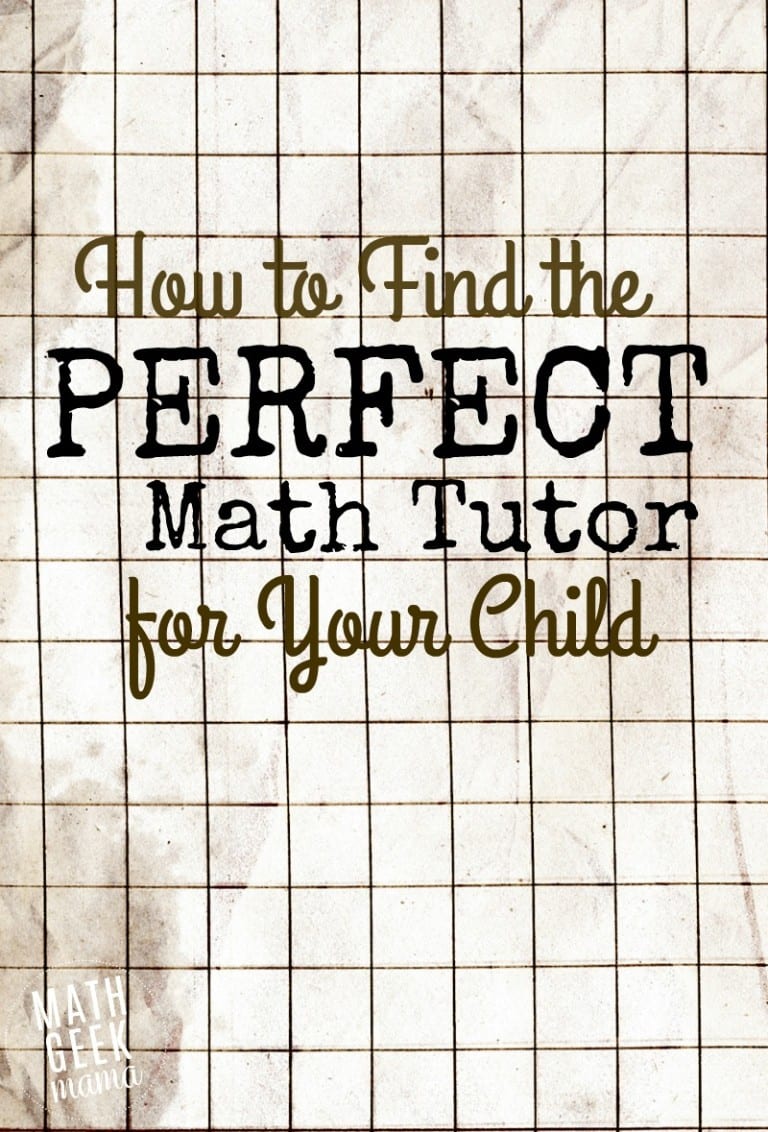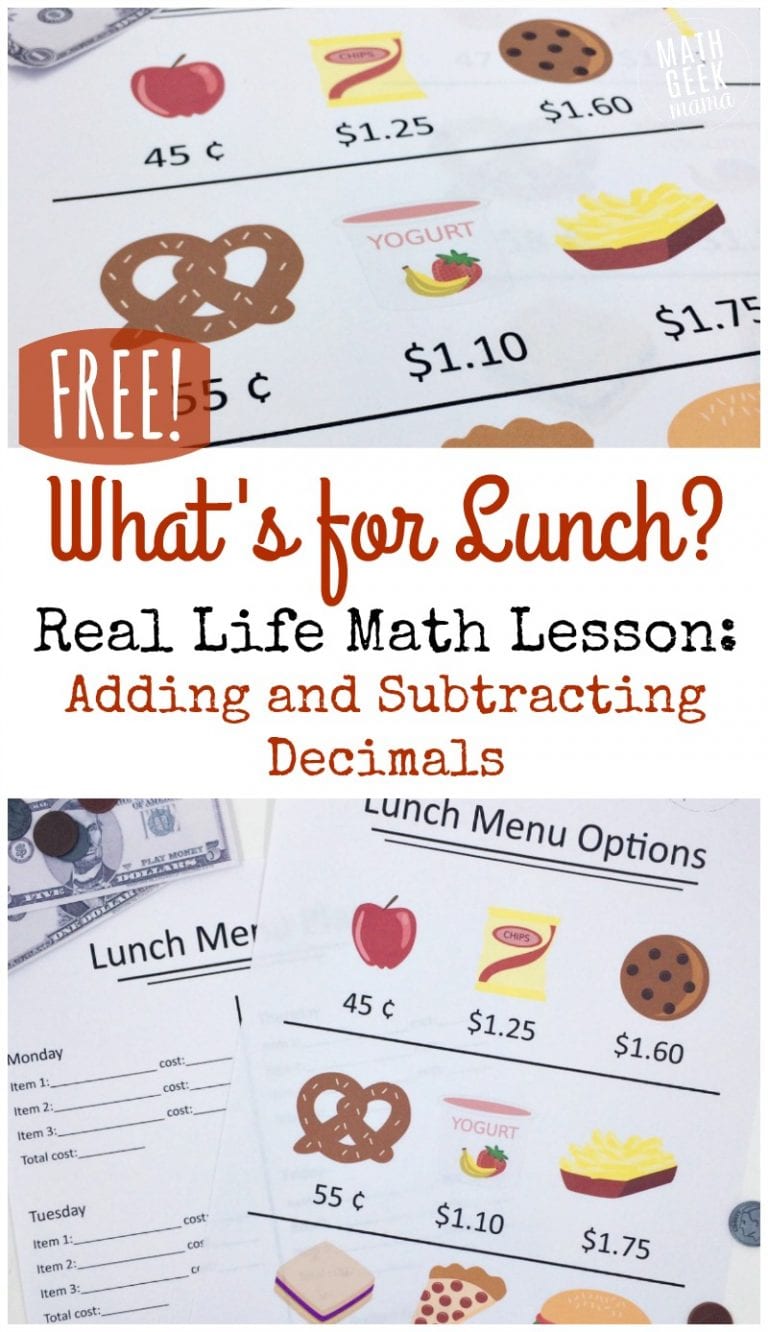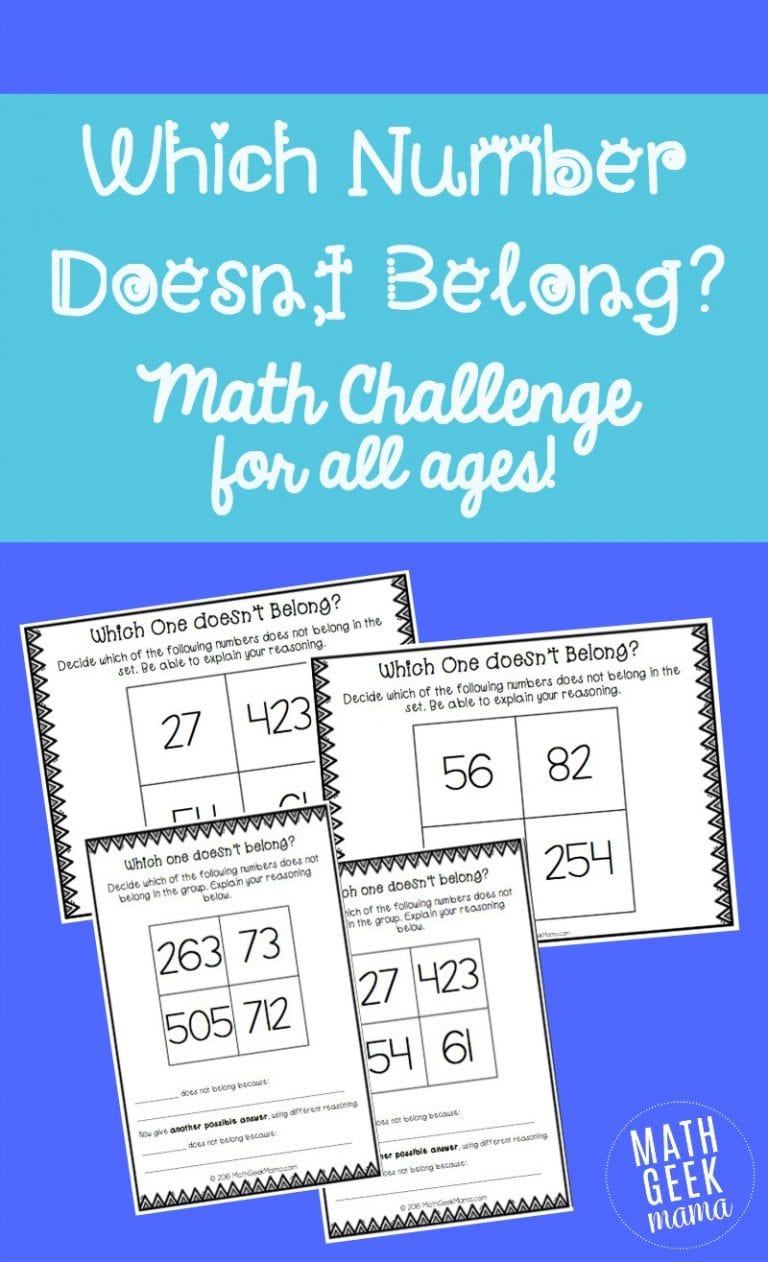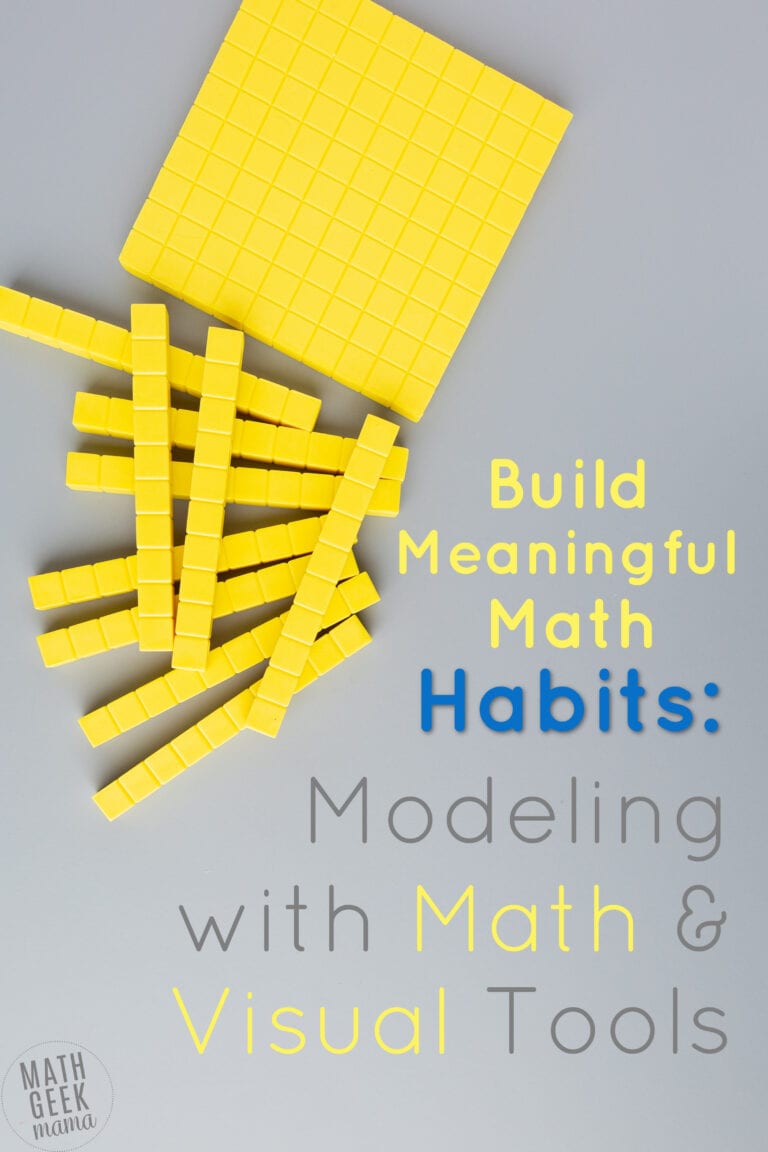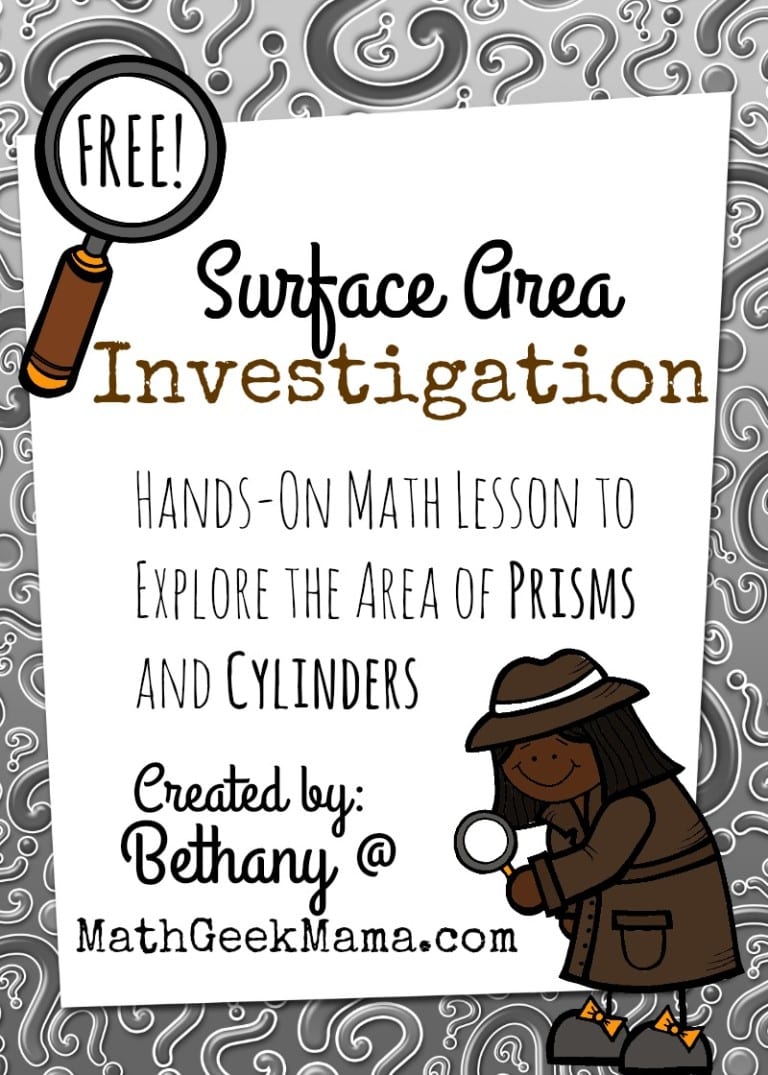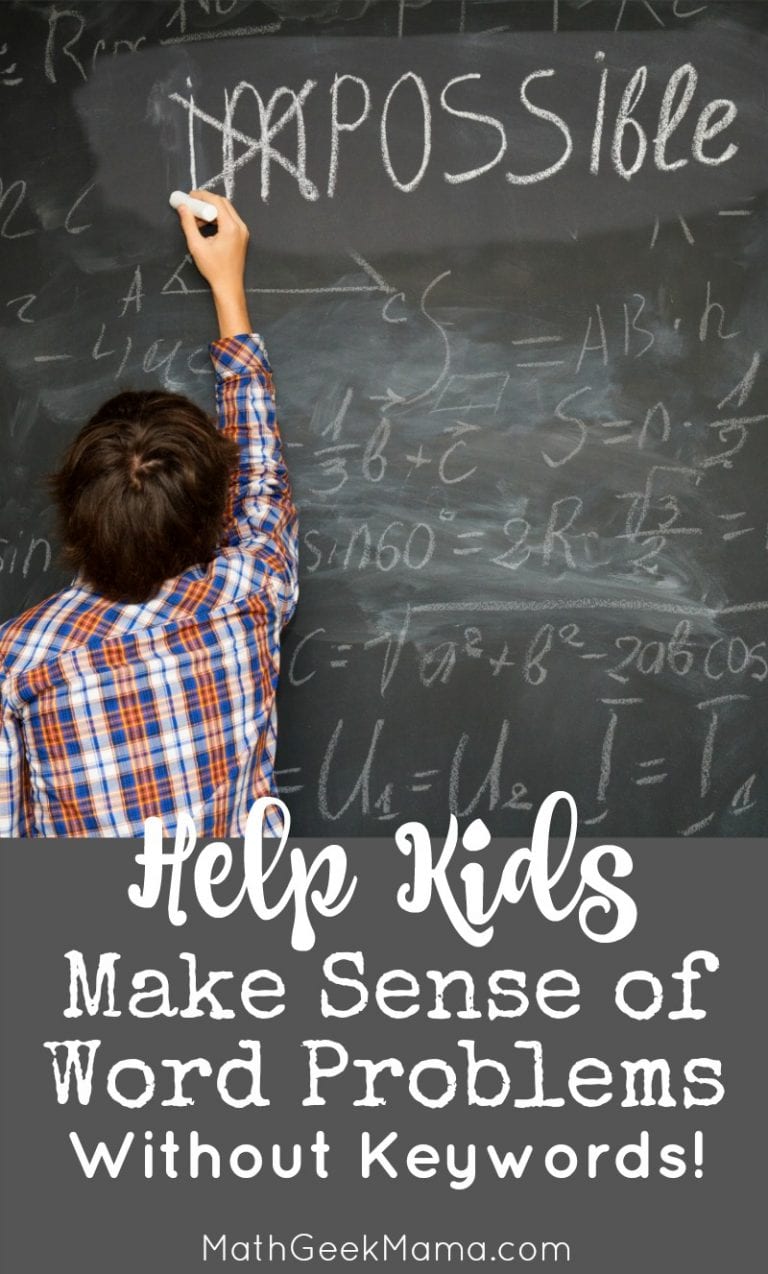10 Easy Ways to Foster Productive Math Talk in the Classroom
Are your students able to articulate their math thinking, ask good questions and share math ideas together? If not, read these 10 easy strategies to encourage productive math talk in the classroom.
In today’s fast-paced educational landscape, where every moment counts, fostering effective math communication skills is essential to prepare our students for jobs in the 21st century.
Picture this – a classroom abuzz with chatter, not just any chatter, but the vibrant symphony of students transforming numbers into lively conversations. Math talk not only strengthens students’ understanding of mathematical concepts but also cultivates a positive and collaborative learning environment.
In this article, we’ll explore 10 easy and practical strategies to foster productive math talk in your upper elementary classrooms, creating an atmosphere where mathematical discourse becomes second nature. Ready to unleash the power of math talk, where every student’s voice becomes a powerful tool for learning? Let’s dive in!
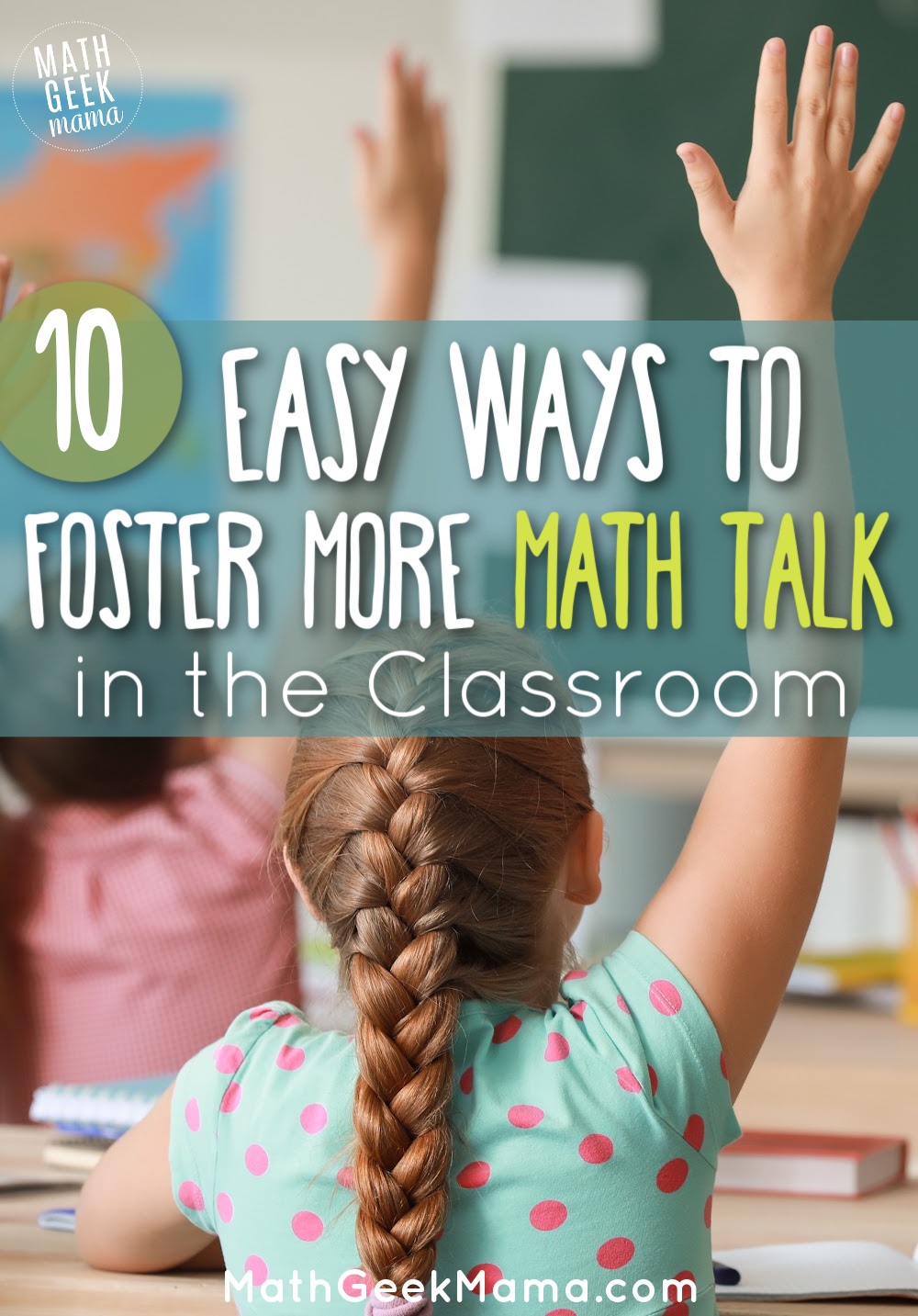
*This is a guest post from Shametria of The Routty Math Teacher
10 Easy & Productive Math Talk Strategies:
- Establish a Math Talk Routine: Begin each math session with a dedicated time for math talk. This routine can include a brief discussion of the previous day’s concepts, sharing problem-solving strategies, participating in a number talk, or exploring real-life applications of the upcoming lesson. Consistency is key in building a comfortable space for students to express their mathematical thoughts.
- Use Open-Ended Questions: Encourage critical thinking and discussion by incorporating open-ended questions into your lessons. Questions that require more than a simple yes or no answer prompt students to articulate their reasoning and engage in meaningful conversations. For example, instead of asking, “Is the answer 4?” try, “How can you verify/prove your answer?”
- Implement Think-Pair-Share Activities: Provide students with an opportunity to process their thoughts individually before sharing with a partner or the whole class. Think-Pair-Share activities not only build confidence but also promote active listening and collaboration. Students can share their unique perspectives, fostering a diverse range of approaches to problem-solving.
- Create a Math Talk Community: Establish a classroom culture where students feel comfortable expressing their ideas without fear of judgment. Celebrate and value each contribution, emphasizing that every thought is a step towards a deeper understanding of the material. A supportive community encourages even the most reserved students to participate actively.
- Incorporate Visual Aids: Enhance mathematical discussions by incorporating visual aids such as diagrams, charts, or manipulatives. Visuals provide a concrete representation of abstract concepts, making it easier for students to articulate their understanding. They can use these aids to explain their reasoning to their peers, reinforcing their own comprehension in the process.
- Elevate Engagement through Real-World Connections: Connect mathematical concepts to everyday scenarios, inviting students to discuss how they encounter and use mathematical concepts and skills in their everyday lives. Whether it’s calculating discounts during a shopping spree or understanding geometric concepts in architectural structures, linking math to the real world not only sparks enthusiasm but also prompts lively discussions among students. Encourage them to share their experiences, building a bridge between the classroom and the world outside.
- Encourage Debate and Justification: Foster a healthy debate by encouraging students to justify their answers and challenge their peers respectfully. This not only sharpens their analytical skills but also promotes a deeper understanding of mathematical concepts. Debates can be structured as friendly competitions or collaborative group discussions.
- Integrate Literature and Storytelling: Infuse math talk with creativity by incorporating literature and storytelling into your lessons. Use math-related stories, puzzles, or scenarios to captivate students’ interest and spark lively discussions. This approach not only makes math more relatable but also connects it to the broader world.
- Provide Scaffolding: Recognize that students may need support as they develop their communication skills. Offer scaffolding by providing sentence starters, prompts, or specific vocabulary to guide their responses. Gradually, as their confidence grows, encourage more independent expression.
- Offer Professional Development Opportunities: Empower yourself and your colleagues to deepen your understanding of math talk by exploring resources such as my free Math Talk Toolkit. This toolkit is designed to equip teachers with practical strategies, conversation starters, and activities to seamlessly integrate math talk into daily instruction.
Productive Math Talk: Communication is the Key
As you embark on this exciting journey of fostering math talk in your upper elementary classrooms, remember that communication is the key to unlocking your students’ mathematical potential.
By implementing these 10 strategies, you’ll create an environment where math talk becomes a natural and integral part of the learning process. Embrace the power of dialogue, celebrate diverse perspectives, and watch as your students not only become proficient mathematicians but also effective communicators.
Ready to Learn More about Math Talk in the Classroom?
Read “Math Talks: Sparking Communication in Kids” for a comprehensive guide for mathematical discourse in the classroom and discover strategies to encourage math talk, effective prompts, and ways to differentiate instruction via math talks. Download your Math Talk Toolkit to discover a wealth of resources that will elevate your classroom to new heights of mathematical communication!
If you are especially interested in starting daily number talks, check out the resources below!
- The Benefits of Daily Number Talks
- 3 Simple Number Talk Ideas to Get Started
- FREE On-Demand Training: The Power of Number Talks (with a free starter kit)
